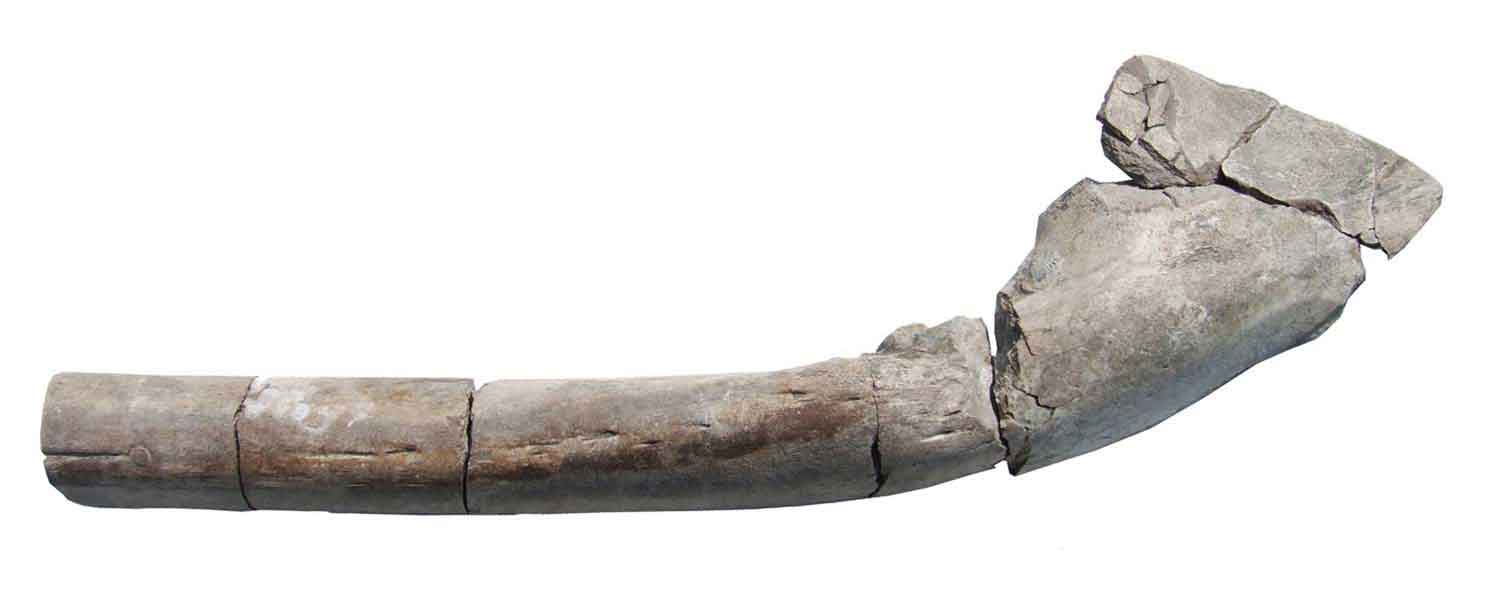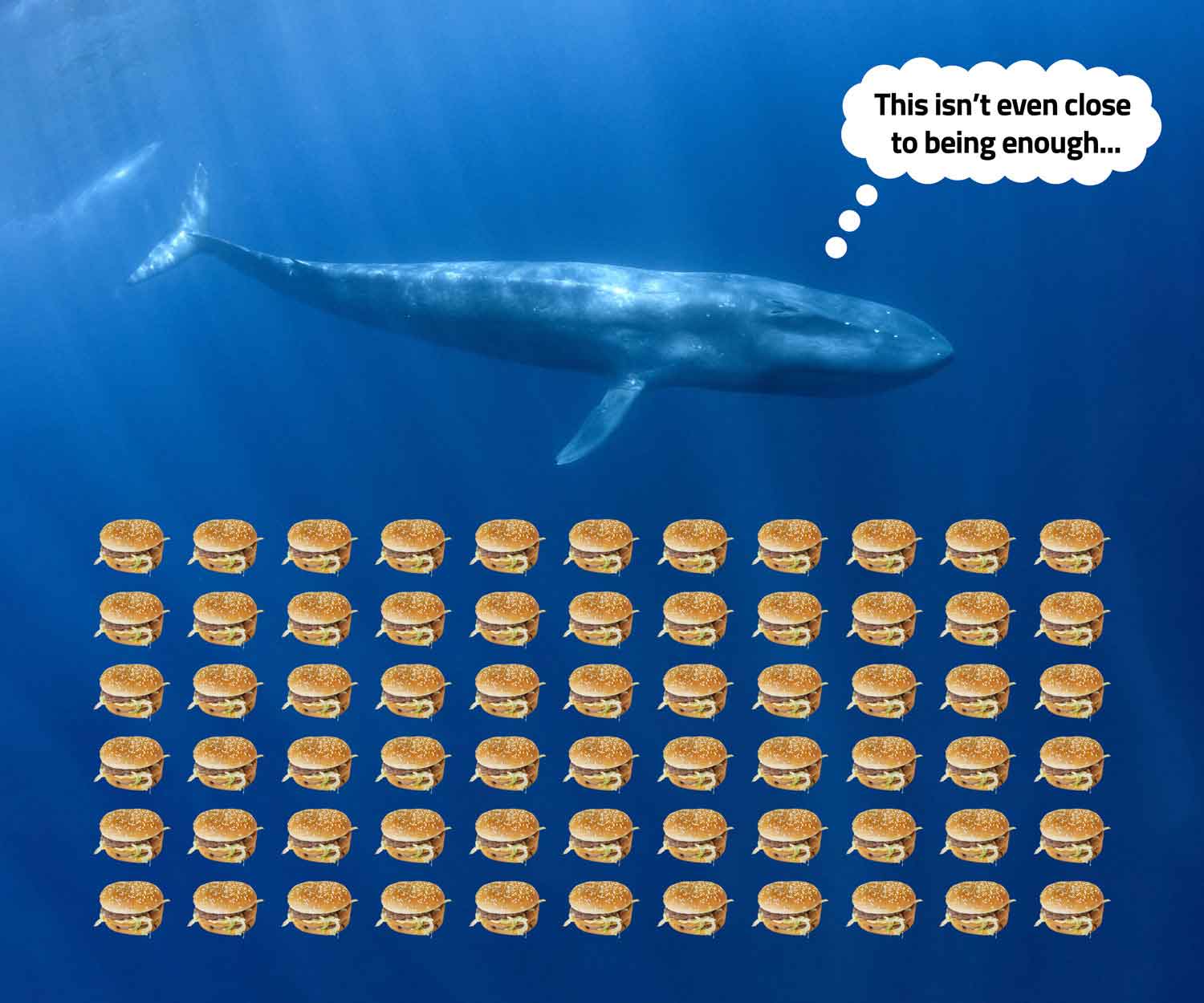Kid Finds Giant Fossil
Eleven-year-old Ruby Reynolds discovered a fossil that turned out to be a new species.

Ruby Reynolds was 11 years old when she discovered this fossil of an ichthyosaur’s jawbone.
When Ruby Reynolds was 11, she came across something remarkable—pieces of a prehistoric creature’s jawbone. The discovery led scientists to identify a species they hadn’t known about before.
Ruby found the jawbone fragments in 2020 along the River Severn in southwestern England, where she was fossil hunting with her dad. The pair contacted paleontologist Dean Lomax and fossil hunter Paul de la Salle, who told them the pieces had been part of the jawbone of an ichthyosaur that lived more than 200 million years ago. Ichthyosaurs, which went extinct about 90 million years ago, were marine reptiles that looked a bit like dolphins. There were more than 100 species of ichthyosaur, ranging from just a few feet long to gigantic.

© Planetfelicity/Dreamstime.com
The species of ichthyosaur shown here is called Stenopterygius quadriscissus. This species was much smaller than the species Ruby discovered.
What Ruby found definitely belonged to something gigantic! Based on its huge jawbone, experts believe the ichthyosaur was about 82 feet (25 meters) long, the length of a blue whale. Amazingly, this ichthyosaur probably was still growing when it died.
A few years earlier, de la Salle had found a similar jawbone not far from where Ruby made her discovery. Since the jawbone de la Salle discovered was larger and had a different shape from other known ichthyosaurs, Lomax and de la Salle suspected it might belong to an unknown species. When Ruby found another one just like it, they had their answer. It was a new species! Ruby and the scientists named it Ichthyotitan severnensis, which means “giant fish lizard of the Severn.”
“I didn’t realize when I first found the piece of ichthyosaur bone how important it was and what it would lead to,” Ruby Reynolds, now 15, told the New York Times. “You never know where a discovery may take you.”
The image below shows just how large Ichthyotitan severnensis was.

SlvrHwk/CC BY-SA 4.0
Ichthyotitan severnensis was much larger than a human.







